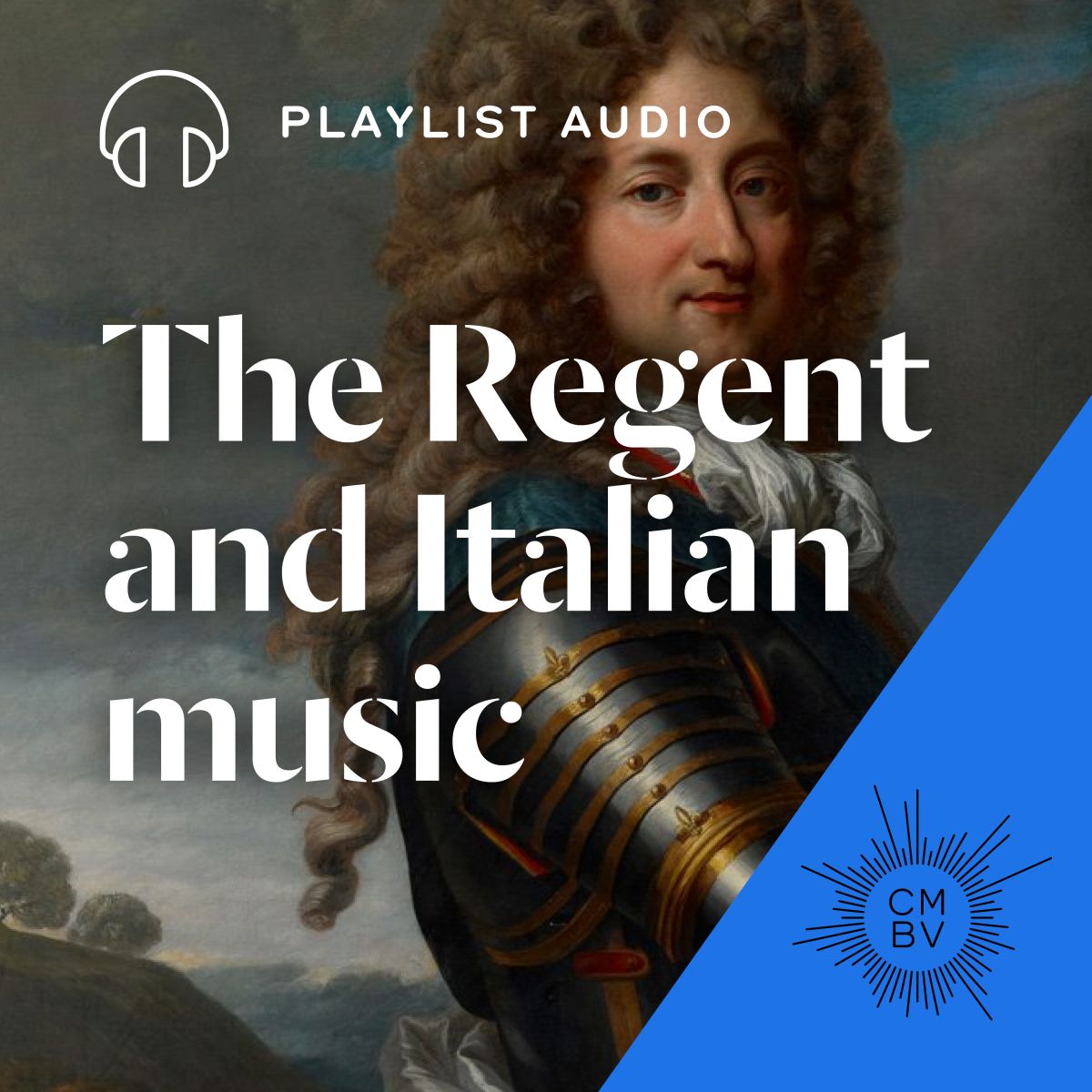Each month, the Centre de musique baroque de Versailles establishes a thematic playlist for you to experiment an immersive journey in the French musical repertoire of the 17th and 18th centuries. Enjoy the music!
By Barbara Nestola, Head of research at CMBV
Discover the Regent’s favourite composers and Italian genres
As a charismatic and controversial figure of the French history, the Regent was a profound enthusiast of Italian music. By choosing to surround himself with Italian and Italianate musicians, he stands out from the artistic policy of his well-known predecessor, Louis XIV. At the beginning of the 18th century, the Regent’s musical taste has fostered the development of new Italian genres, such as cantata, sonata for solo violin or trio, and concert, of which this playlist offers you symbolic extracts.
At the dawn of the Age of Reason, Italian music made a splash in Paris, and for good reason: one of the main patrons and enthusiasts of the ultramontane style is the Regent, successor of Louis XIV. As a prince composer and pupil of Marc-Antoine Charpentier, Philippe II d’Orléans gathered around him as many Italian composers as French composers inclined to the Italian musical taste.
Sonata and concerto
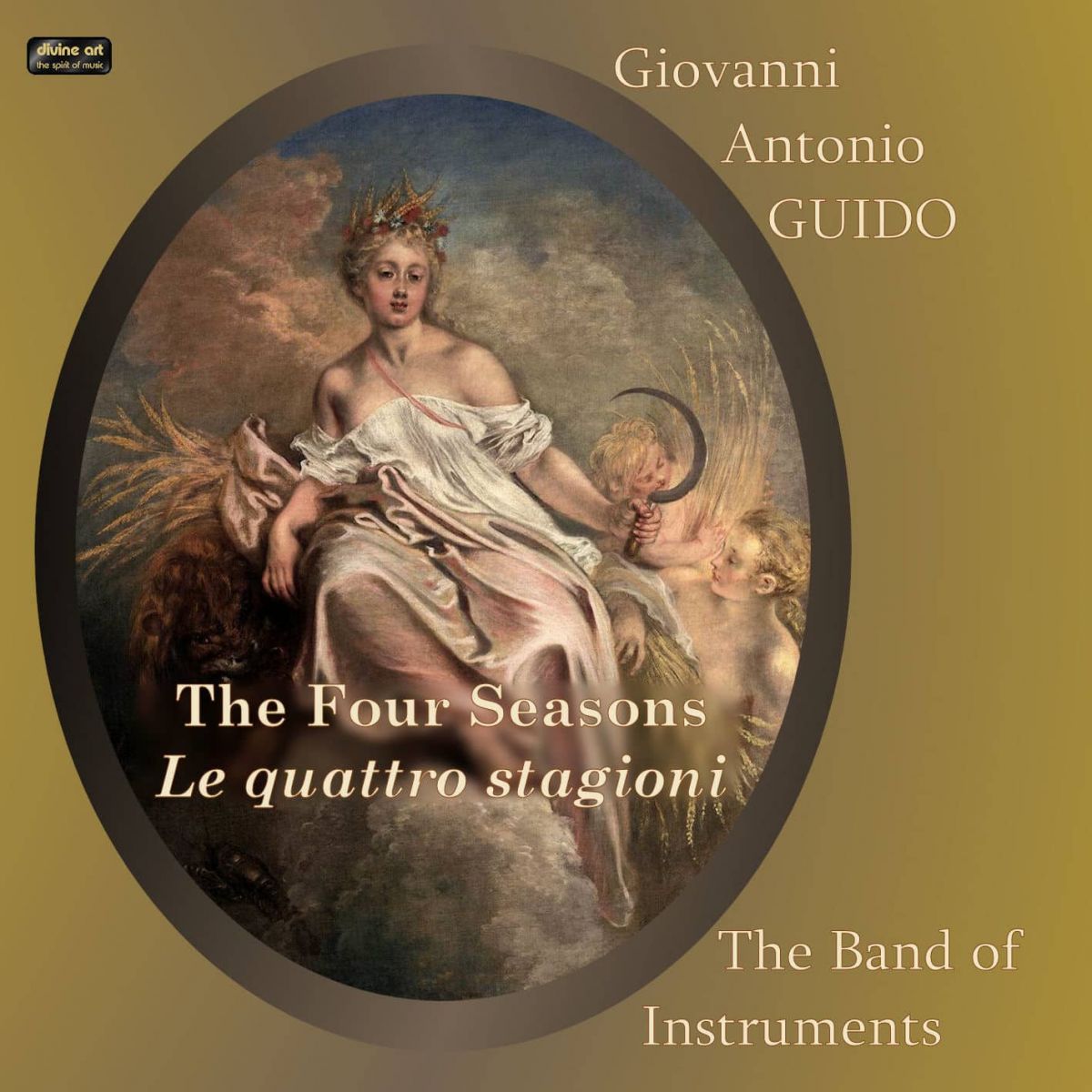
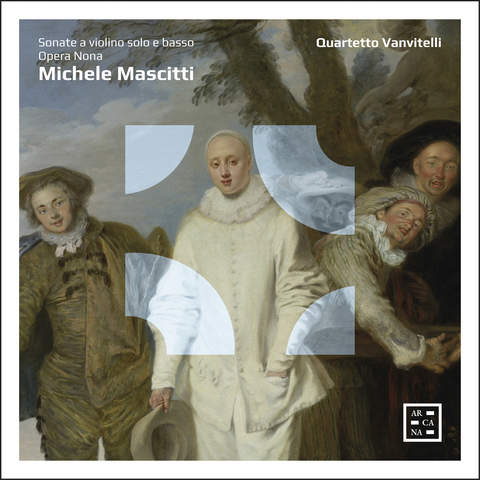
Sonata and concerto, new instrumental music genres arrived from Italy at the beginning of the 18th century, made the solo violin be on the spotlight, which stands out for its virtuoso and brilliant notation. Corelli’s and Vivaldi’s works were very successful in France, and the Regent was one of the first to make his musicians play this repertoire. Among the composers of his court, there are two Italian composers: Michele Mascitti and Giovanni Antonio Guido. Trained in Naples, they arrived in Paris around 1702, where they published numerous collections of sonatas for solo violin or trio and concertos. Mascitti’s sonatas are openly inspired by those of Corelli, alternating slow movements – which emphasises the harmonic sequences – and fast ones – more focused on virtuosity. Guido’s Scherzi armonici sopra le quattro stagioni dell’anno openly show the influence of Vivaldi’s Quattro Stagioni: L’Automne, which we offer to listen to here, noticeably takes up the motif of hunting made famous by the great Venitian composer.
Cantata

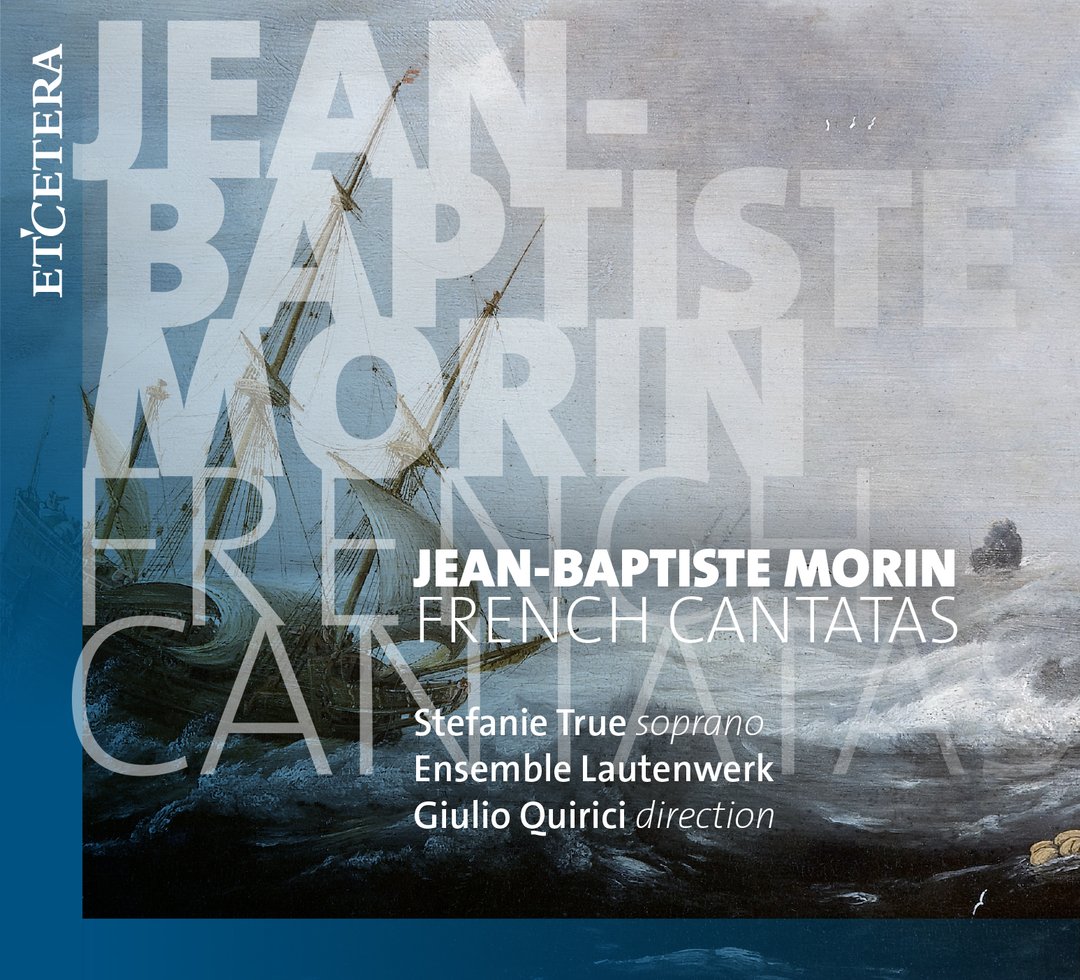
Genre of chamber music “par excellence”, the Italian cantata goes around Paris from the end of the XVIIth century, attracting the curiosity of the French audience who quickly adopt it. The Regent’s composers play an important role in this influence. Jean-Baptiste Stuck, originally from Livorno and attached to the Regent, figures among the first musicians, along with Jean-Baptiste Morin, another musician of the Regent, to publish, in 1906, a collection of French cantatas in France. In Stuck’s work, the Italian vocals embellishes French lyrics, blossoming in an ornamented and vocalising notation, supported by an instrumental accompaniment that once again puts the violin in the spotlight. Morin seizes the Italian model by creating a more personal overview that illustrates the idea of goûts réunis – united tastes – Couperin’s famous phrase for the fusion of Italian and French styles – as shown in the final trio « Charmant Amour » from the cantata Psyché et ses sœurs.
Opera

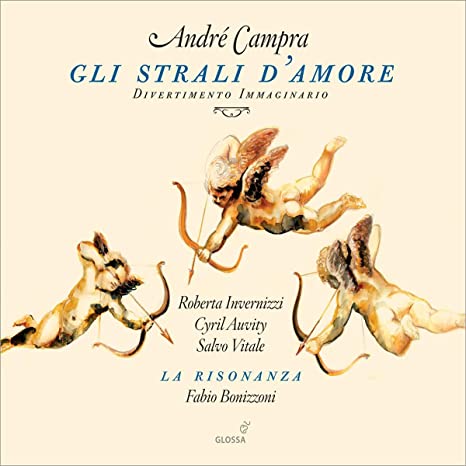
Among the French composers of the Regent who are most influenced by the Italian taste, is André Campra. During the first two decades of the 18th century, he includes, in his lyrical work, some Italian pieces, mainly arias, but also duets, and even an act entirely sung in Italian in Le Carnaval de Venise. Moreover, the intention to perform Italian operas in Paris – the last one has been performed for Louis XIV’s wedding in 1662 – was part of the Regent’s artistic projects. Around 1722-23, he began negotiations with London in order to bring part of Handel’s musical ensemble, and there was even a conversation on giving Giulio Cesare in Egitto in Paris. Unfortunately, the project did not see the light of day due to the passing of this passionated prince, in 1723, of Italian music.



